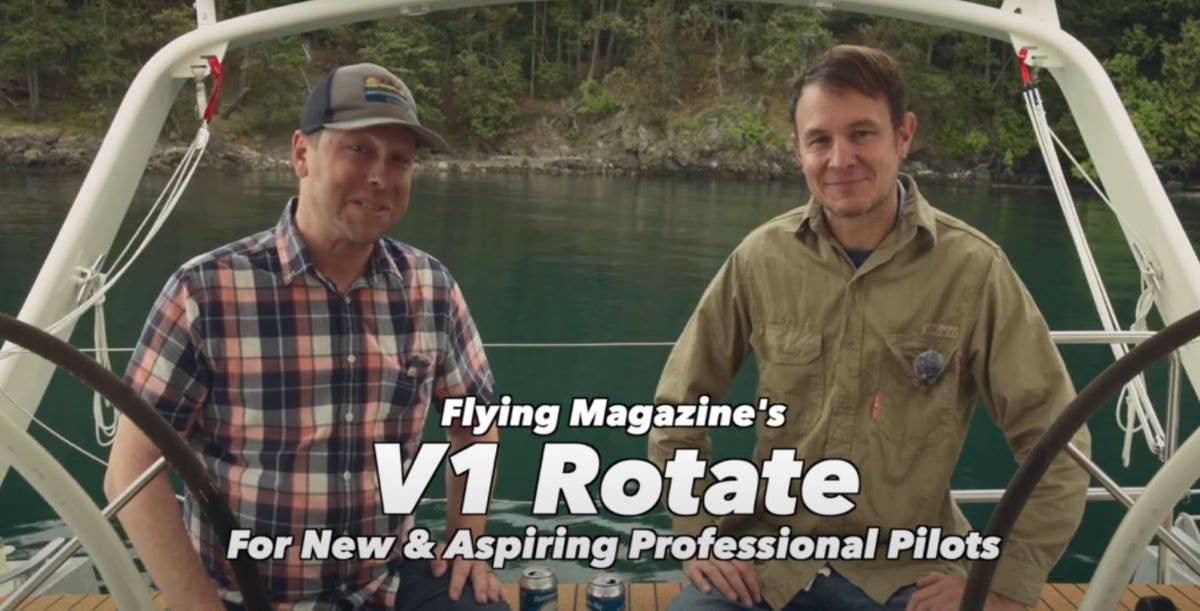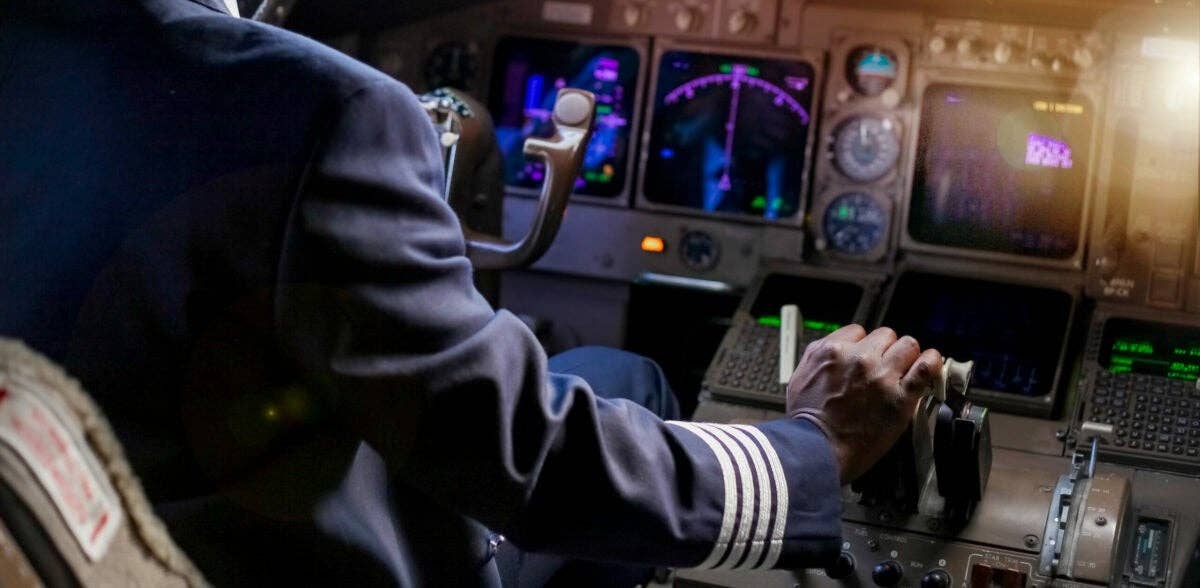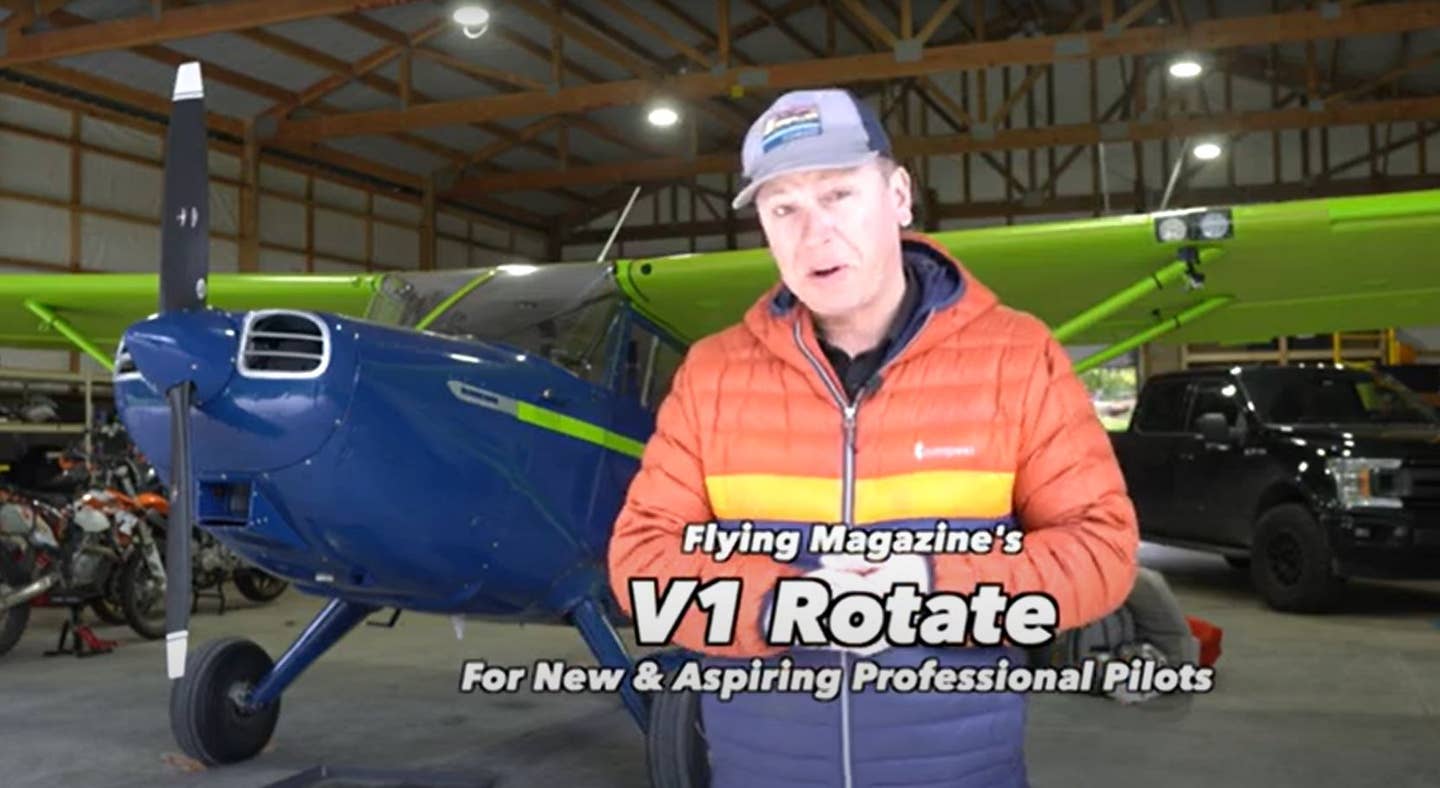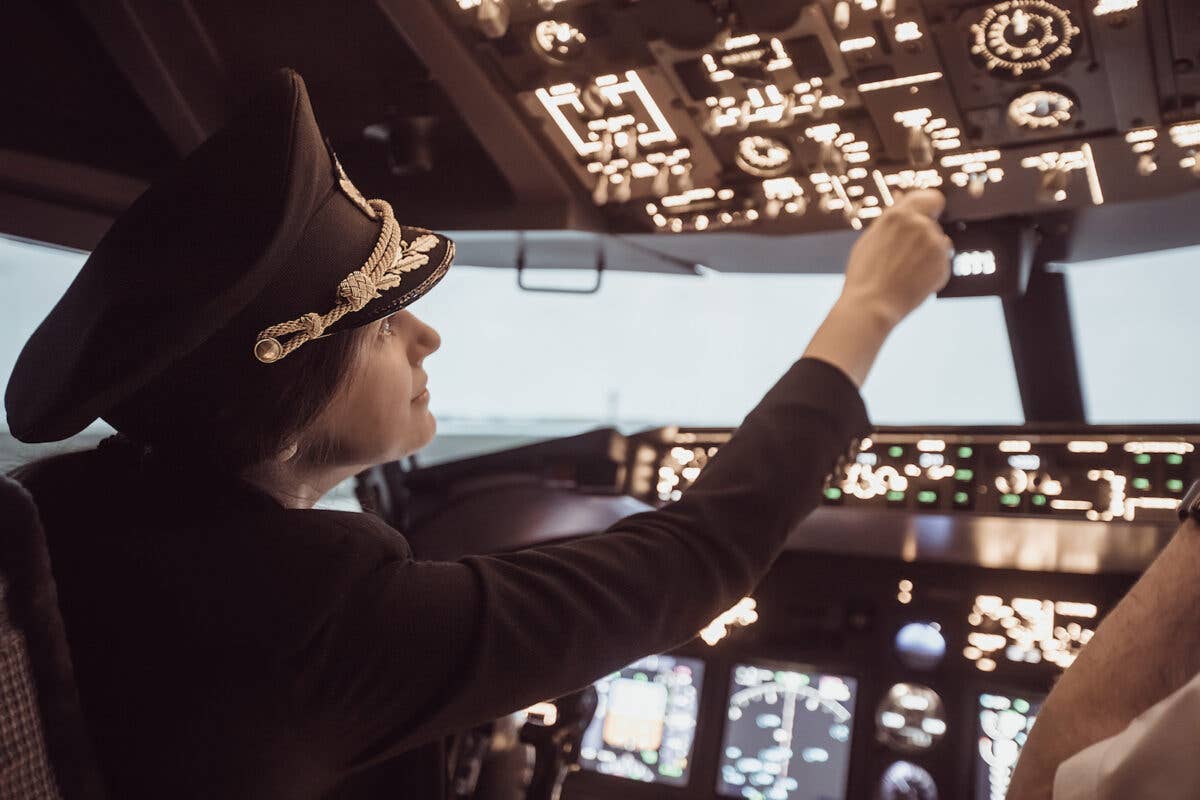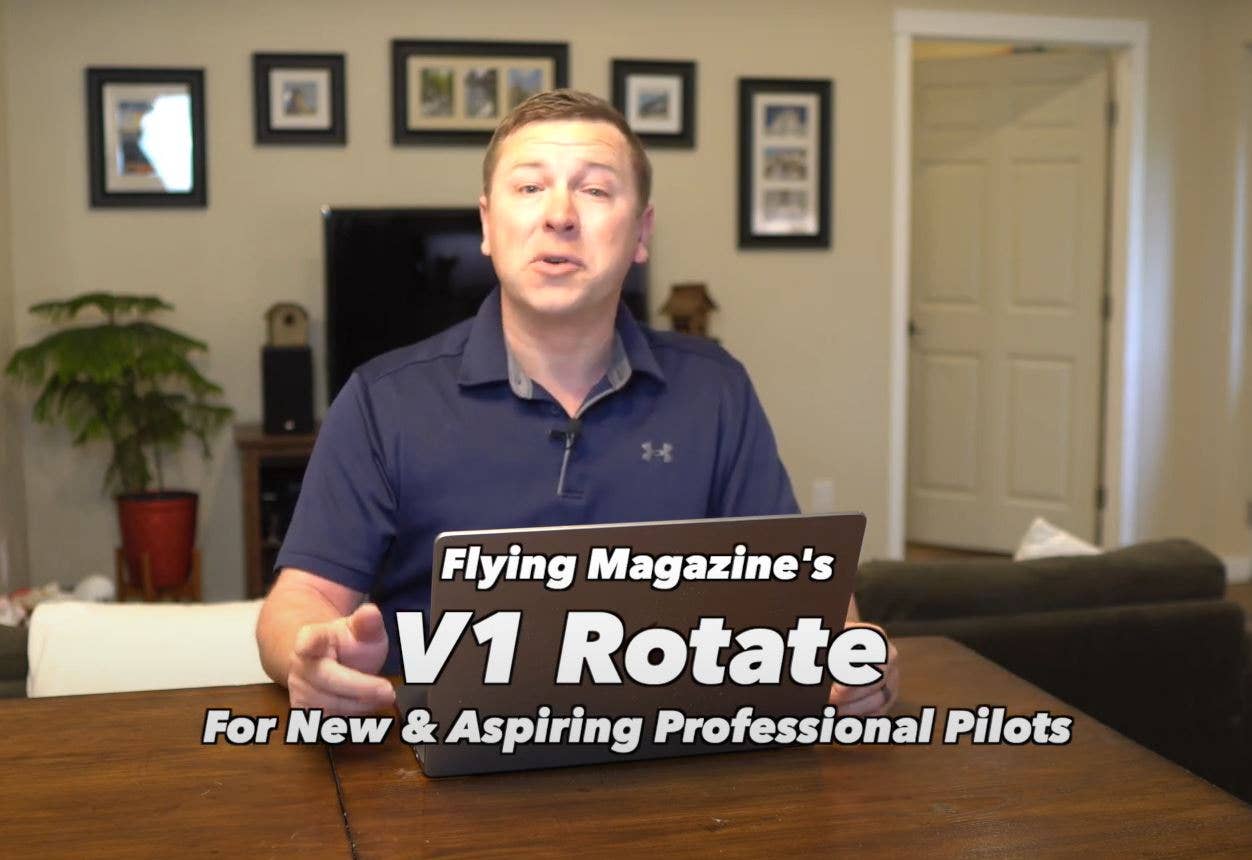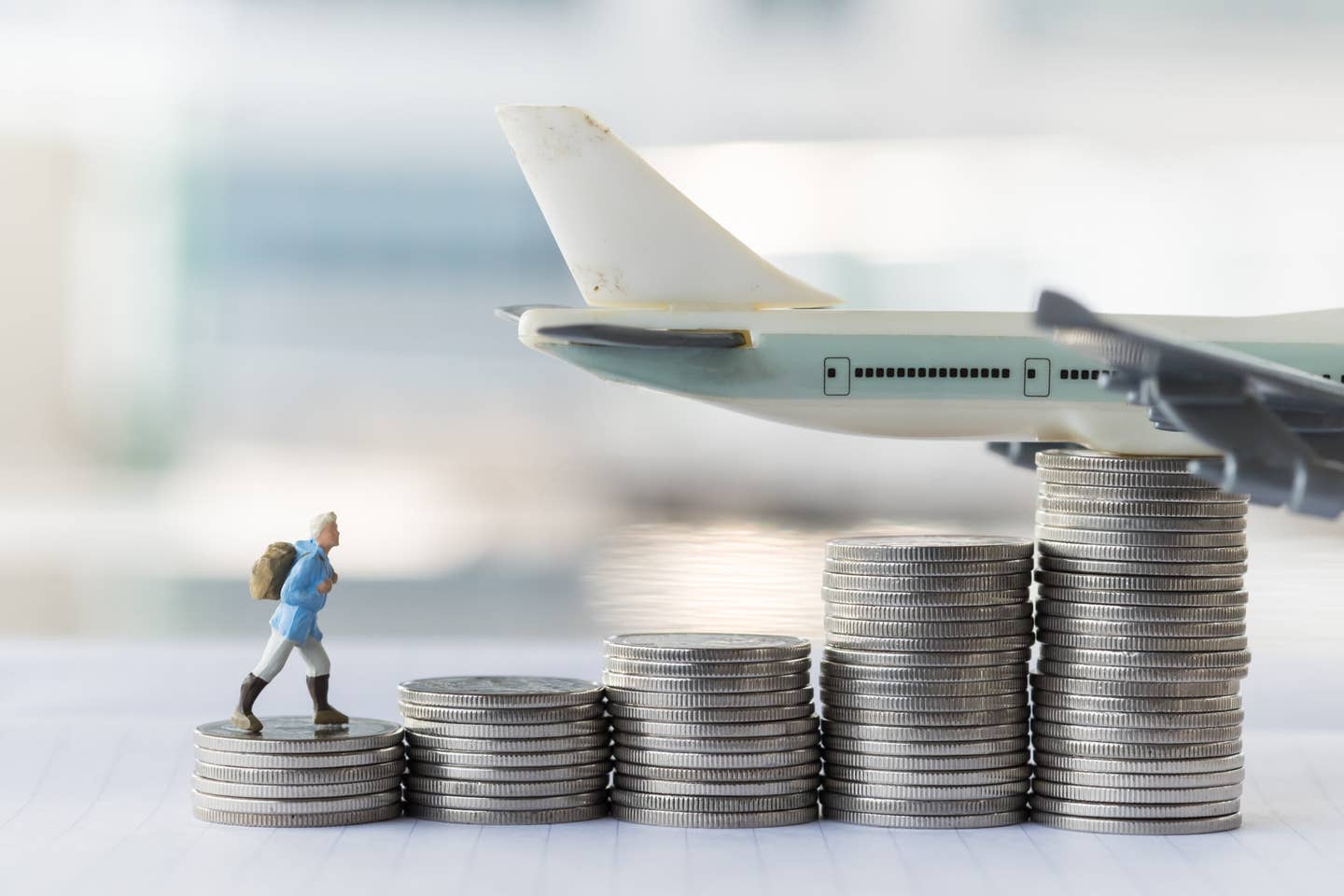Make a Run for the Border
Flying across the border to Canada, Mexico, or the Bahamas is an excellent adventure for a newer pilot.
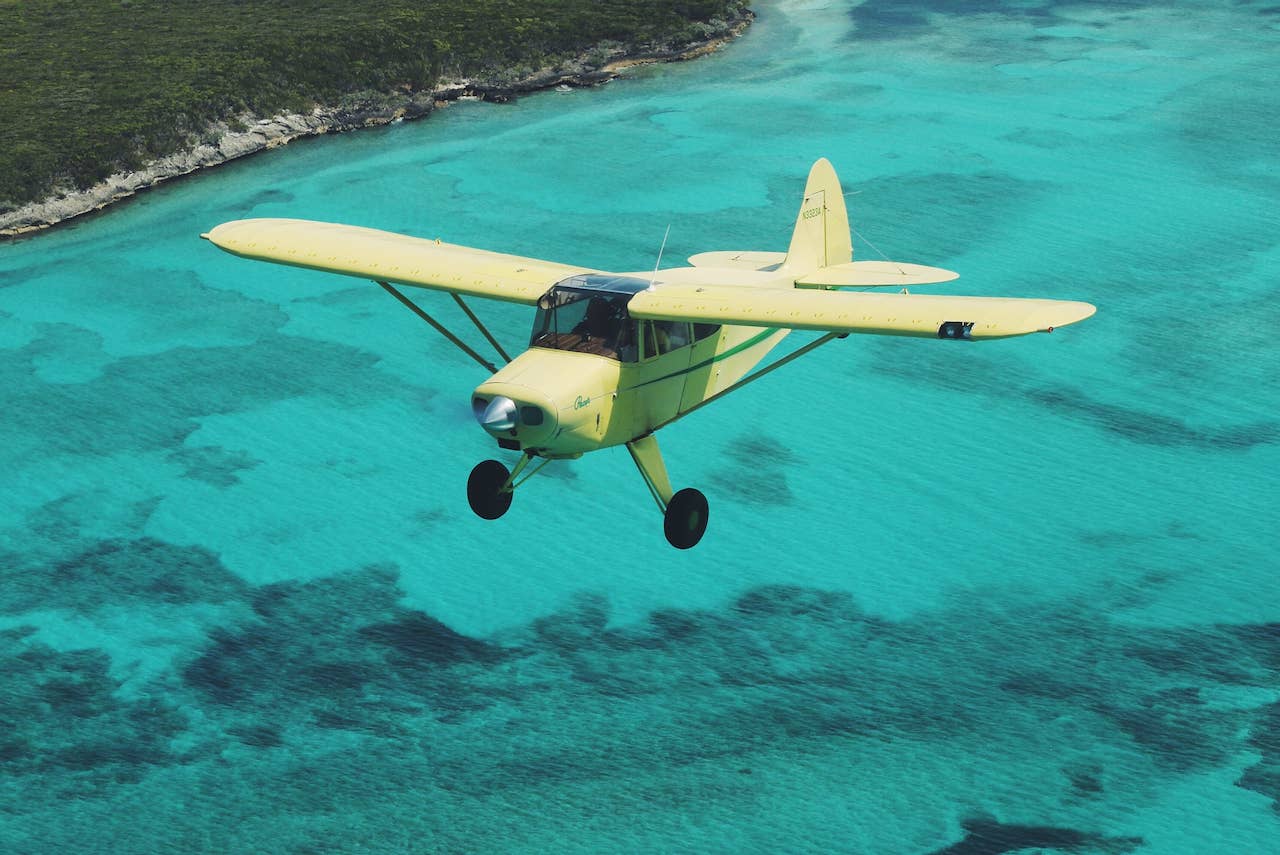
Flying across the border to Canada, Mexico, or the Bahamas can be a great experience. [Courtesy: Sam Weigel]
Here at V1 Rotate, we frequently remind new and aspiring professional pilots that an aviation career is a marathon, not a sprint. Especially in the early stages, the grind of flight training and hour-building creates a real risk of burnout. Finding ways to inject adventure and enjoyment into your flying isn’t a frivolity. It’s an investment in maintaining a positive state of mind as you start your career, as well as a way of broadening your experience. One excellent adventure for a newer pilot is flying across the border to Canada, Mexico, or the Bahamas.
Personally, all my initial international experience was at the airlines, and it wasn’t until I owned my Piper Pacer from 2014-16 that I flew a light aircraft to the Bahamas and Mexico. I wish I had known how easy it is. I would have done it years earlier. With a little planning and legwork, even fairly new private pilots can safely make cross-country flights to International destinations. The Aircraft Owners and Pilots Association (AOPA) maintains an excellent comprehensive database of what’s required for each country—Canada, Bahamas, and Mexico.
That said, here is a summation of the requirements as they exist at this time.
Aircraft Requirements
The first thing you need is an airplane that can be taken internationally. It’s obviously easier to simply own an aircraft (with the permanent registration certificate in your name—not a temporary one), but there are also quite a few rental aircraft that are permitted to be taken across borders. If your FBO/flight school doesn’t allow it, look around. Many Florida FBOs authorize Bahamas flying for their aircraft, as do several places in the Phoenix, San Diego, and Los Angeles areas for Mexico. If you take a rental aircraft, make sure you get a notarized letter of authorization confirming that you have permission to take the aircraft out of the country.
Canada and the Bahamas welcome experimental aircraft, but Mexico recently banned them. Mexico also requires a 406 MHz ELT. You should have a Mode C transponder, though you don’t need ADS-B in Canada or the Bahamas (Mexico’s ADS-B mandate mirrors the United States’).
The U.S. removed the need for aircraft to have a radio station license some years ago, but the requirement remains in place in the Bahamas and Mexico, and U.S. law technically requires it when flying outside borders. It is quite easy to obtain one via FCC Form 605.
If crossing an air defense identification zone (ADIZ) for Bahamas or Mexico, your aircraft should have 12-inch N-numbers. Temporary N-numbers, such as those applied using painter’s tape, are acceptable (Duct tape is a little too permanent and may take paint off).
Your aircraft will need a U.S. Customs and Border Protection (CBP) user fee decal to reenter the U.S. It costs $35 per calendar year and can be obtained at the CBP DTOPS website.
Avgas is limited in Mexico, the Bahamas, and northern Canada. Pay close attention to your aircraft’s range, call ahead to verify 100LL availability, and carry extra (sealed and secured) jerrycans as necessary. All three countries have a good deal of remote terrain that makes good survival gear a necessity and satellite communication (Garmin Inreach, SPOT, etc.) a very good idea. The Bahamas requires life vests. Better yet, rent a life raft from one of the several Florida FBOs that offer them at reasonable weekly rates.
Pilot and Passenger Requirements
You should have at least a private pilot certificate and a valid third-class or greater medical certificate to fly to Mexico or Canada. The Bahamas accepts both light sport pilot certificates and BasicMed certification.
You’ll need an FCC-restricted radiotelephone operator's permit to fly internationally. It’s a one-time license with no expiration, and the process to obtain it is fairly easy and very similar to the aircraft radio station license.
You and all passengers should hold a valid passport with at least six months remaining before expiration. Make sure your passengers have their passports with them.
Leaving the U.S.
U.S. CBP requires pilots exiting the country to file an eAPIS manifest with the names and information of all crew and passengers aboard at least 60 minutes before departure. You’ll do this on the eAPIS website.
You’ll need to file an ICAO-format IFR or VFR flight plan, which is a bit different than the domestic format. If crossing an ADIZ VFR, you’ll file a DVFR flight plan and put your expected crossing time in the remarks.
If VFR, activate your flight plan after departure, then call the appropriate air traffic control facility and obtain VFR flight following. A discrete transponder code is required for crossing the border, whether entering an ADIZ or not. Before the border, ATC will hand you off to the foreign controlling facility.
Entering Mexico
In addition to U.S. CBP eAPIS, you must file a Mexican APIS manifest 24 hours before departure and again one hour before departure. There are a couple third-party pay websites/apps to do this, or you can do it by emailing an excel spreadsheet—see instructions here and spreadsheet here.
You will land at an airport of entry and park in the designated international arrivals box. A military or customs official may approach and inspect the aircraft. If they don’t within a few minutes, it’s OK to get out and enter the operations building. The process varies by airport, but in general, you will file an arrival report with Despacho (which closes your flight plan), and then bring it to several different officials to complete various steps and get the arrival report stamped in turn. These include completing a declaration with customs, getting passports stamped and completing FMM forms (passengers only) with immigration, and obtaining an entry permit from the Comandancia. The cost for single-entry and multiple-entry permits is the same, so if possible, get the latter.
Once you’ve completed all formalities and have the requisite stamps, you’ll file and open your onward domestic flight plan with Despacho. This works quite differently from the U.S.: It only tells the authorities where you intend to fly and has no search and rescue implications. It lasts until the next airport with a Commandancia (generally, those with a control tower), covers all intermediate airports, and can be open for many days until you close it at the next Despacho.
Entering the Bahamas
Freeport, Marsh Harbor, Bimini, and Great Harbour Cay are preferred airports of entry, as Nassau is busy and expensive. Call the appropriate customs office before departure to give your ETA and confirm office hours. Prior to landing, close your flight plan with Nassau Radio on 124.2 or 128.0.
Upon arrival you’ll complete immigration procedures and fill out an inbound aircraft declaration and C7A Bahamas cruising permit ($50), which allows you to move about the Bahamas as desired. Bahamian customs officials tend to be pretty friendly and helpful. Flight plans are not required within the Bahamas, though they can be filed, opened, and closed with Nassau Radio as in the U.S.. VFR flight following is available from Miami Center, though radar coverage is spotty at lower altitudes in the outer islands.
Entering Canada
You must make your first landing at a Canadian airport of entry. Between two and 48 hours before entry, call CANPASS at 1-888-226-7277 and provide advance notification of arrival. If there is no customs official present when you land, call CANPASS again. It may clear you to enter or (rarely) have you wait for a customs inspector to arrive.
Returning to the U.S.
Once again, you must file an eAPIS manifest with CBP at least one hour prior to departure—and if leaving Mexico, you must also file an APIS manifest with Mexican immigration at 24 hours and one hour prior to departure. Additionally, you must call the CBP office at your intended airport of entry to make advance notification of arrival at least one hour (and no more than 23 hours) before your expected arrival time
File an IFR, VFR (Canada) or DVFR (Bahamas, Mexico) ICAO flight plan, with ADIZ crossing time (if applicable) in the remarks section. If VFR, a Mexican flight plan will not get passed on to U.S. Flight Service, so contact FSS directly and activate once within radio range of the U.S. border.
You need to be on a discrete transponder code when crossing the border. If returning from the Bahamas, contact Miami Center for flight following. From Mexico, the U.S. FSS that activates your flight plan should be able to provide a transponder code. From Canada, getting radar service from the appropriate air traffic control facility will yield a transponder code and a smooth handoff to U.S. ATC.
After landing at an airport of entry, park in CBP’s designated yellow parking box and do not leave the airplane until cleared to do so. The customs and immigration process is usually quick and painless. Once you’re cleared, move the airplane quickly so others can use the CBP parking box. And be sure to close your flight plan if VFR.

Sign-up for newsletters & special offers!
Get the latest FLYING stories & special offers delivered directly to your inbox

